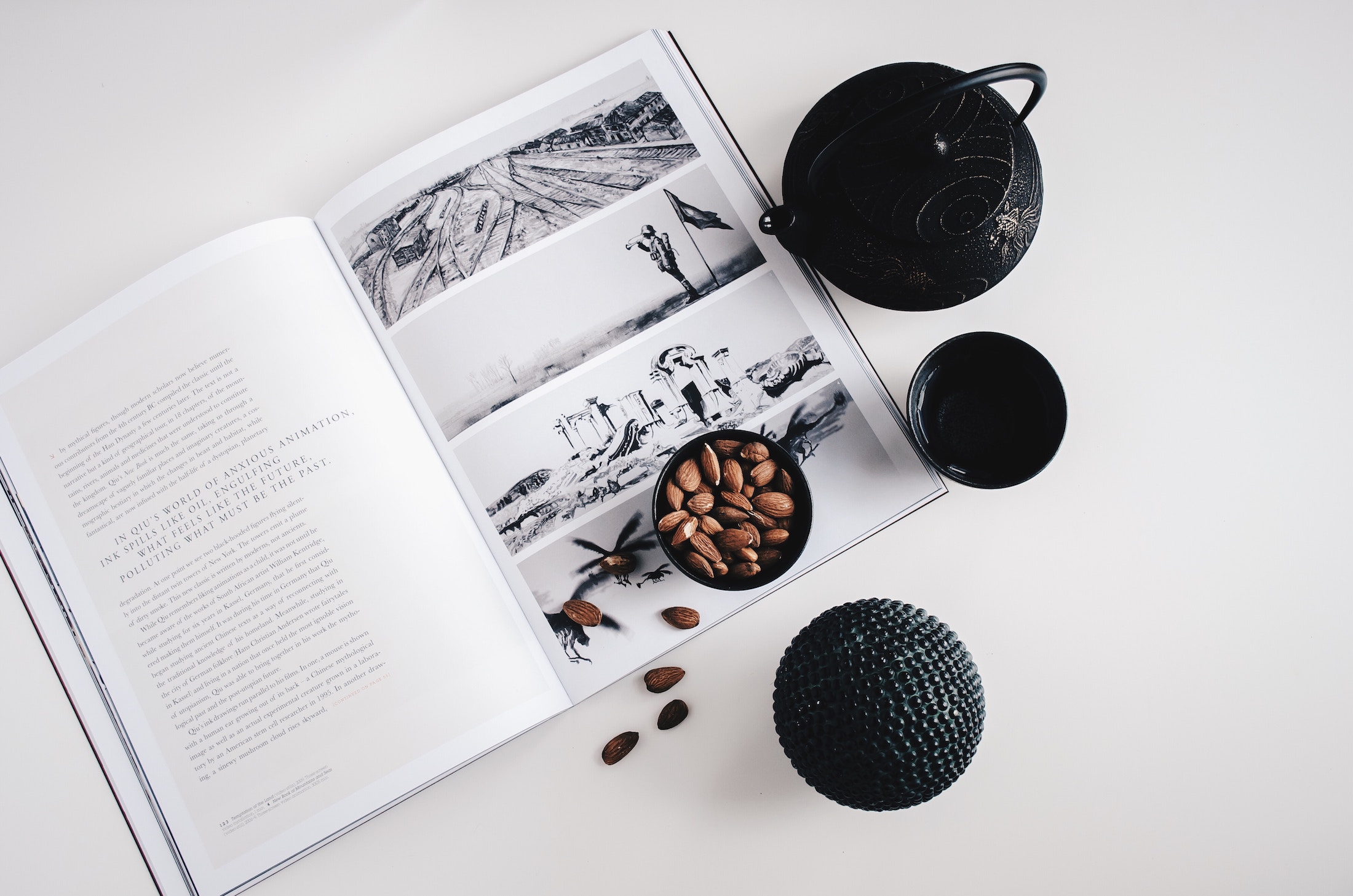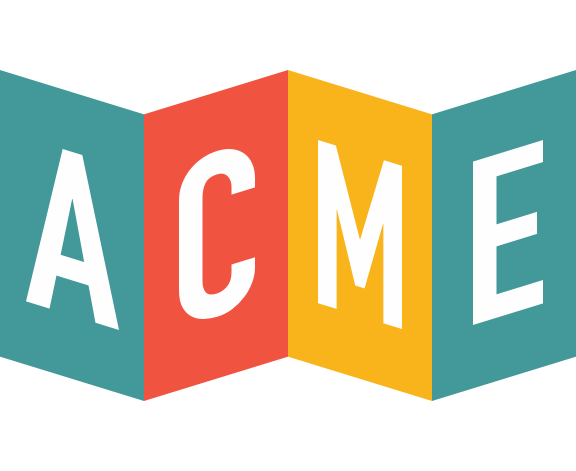
Museum Store Products You Need to Sell
The gift shop is the final stop on any tourist’s museum visit. It’s the last leg of a journey that has taken them through history, art, space, a sea of bigfoot dioramas – and their final opportunity to take a piece of the story home with them.
The role of any museum store is to allow patrons to leave with a physical memory of the galleries which they have just visited. A museum gift shop should almost be a miniature version of the museum itself, or even an extension of it. Local and out-of-town visitors alike who fall in love with the exhibits will see them reflected in the products carried, and want to bring them home, for themselves, and for their loved ones. The products your gift shop carries must maintain the same standards of curation as the museum as a whole.
It’s easy to allow museum merchandise to dip into cliche. Everyone carries some selection of keychains, posters, and t-shirts. But contemporary museums are stepping up their game, and carrying high-quality and eye-catching products that visitors just have to have. Here, we’ve listed some of the most impressive pieces that we think everyone needs to start selling.
Museum Store Products You Need to Sell
- Local crafts – In an increasingly environmentally-conscious era, shopping locally is all the rage. Museum visitors love to support their neighbors and cities they tour by purchasing goods made in the area. By featuring local artisans and craftspeople, your museum not only gives back to the community, but also features completely unique items which cannot be purchased anywhere else. The San Francisco Museum of Modern Art sells contemporary crafts and pieces of jewelry designed by Bay Area residents, such as these Half Moon Agate Earrings by design company Clouds and Ladders.
- Unique housewares – It comes as a surprise to see extraordinary versions or ordinary housewares in museum stores, and that’s what makes them such hot commodities. As useful as they are unique, a butterknife, espresso maker, or set of salt shakers that reflect a current exhibit or collection are something a visitor will never be able to find at an IKEA. The Met Museum sells colorful and interesting table decor and other household accessories that give a nod to the history of arts and music, such as this Van Gogh Iris Teapot, and these Dancing Bear Coasters.
- High-quality toys – You can’t forget the kiddos. Toys, games, and other items for children (and adults with a childish side) are sure to be a top seller. And these items can benefit good causes which reflect the values of your organization, giving them a dual purpose. The Monterey Bay Aquarium sells plush stuffed animal versions of the creatures in their exhibits, such as this Sea Otter with Urchin, and gives a percentage of proceeds to conservation efforts.
- Prints – As long as bedroom walls exist, print will never die. Ranging from inkjet-printed posters to signed, one-of-a-kind art pieces, the potential of paper goods as museum commodities is sorely underestimated. Museums have to take advantage of this low-resource, high-profit item. The Guggenheim Museum sells inexpensive giclee prints of nearly all the 2-dimensional works in its collection, including this Joseph Albers: Homage to the Square Print. The SF MOMA offers a custom print service wherein visitors can choose any work from the collection and have a unique, made-to-order framed piece shipped to their home.
- Accessories – Scarves, jewelry, hats, gloves, and socks. These items can be silly, sincere, or downright luxurious. Stocking a range at different price points allows visitors from all walks of life to take home a piece of wearable memorabilia. The California Academy of Sciences sells a variety of science-inspired accessories, including this stunning Larimar Indra Bracelet, as well as these unique Beetle Wing Earrings.
- Special exhibit items – Unique and temporary exhibits provide opportunities for museum stores to sell unique and temporary products. Art retrospectives, visiting exhibits of specific historical interest, and other ephemeral galleries should be reflected with unique shopping opportunities for visitors — it’s a way of saying, “I was there.” The SF MOMA, in honor of their Andy Warhol Show: From A to B and Back Again, is selling a Limited Edition Warhol Soup Can Chess Set. The Boston Museum of Fine Arts, during their Winnie the Pooh exhibit, sold stuffed animals resembling the original characters in the famous books by A.A. Milne.
- Books – Not just for coffee tables anymore. Intelligent audience members want opportunities to learn more about the objects in your collection. Art museums may choose to sell giant volumes featuring Picasso’s Rose Period, or science museums may carry copies of the late, great Stephen Hawking’s A Brief History of Everything. The Dumbarton Oaks Research Library museum store carries purchasable books which span all their fields of study, including The Archaeology of Mural Painting at Panamarca, Peru, as well as Juggling the Middle Ages: A Medieval Coloring Book.
Knowing your audience is the first step to stocking a successful gift shop inventory. For tips on audience research and other marketing strategies, check out our other article: Museum Marketing Plan.
ACME Ticketing offers cloud-based membership and museum ticketing software that is sleek, fast, and in step with the world of contemporary museums. To find out how ACME Ticketing can work for you, you can book a demo or schedule a call here.

